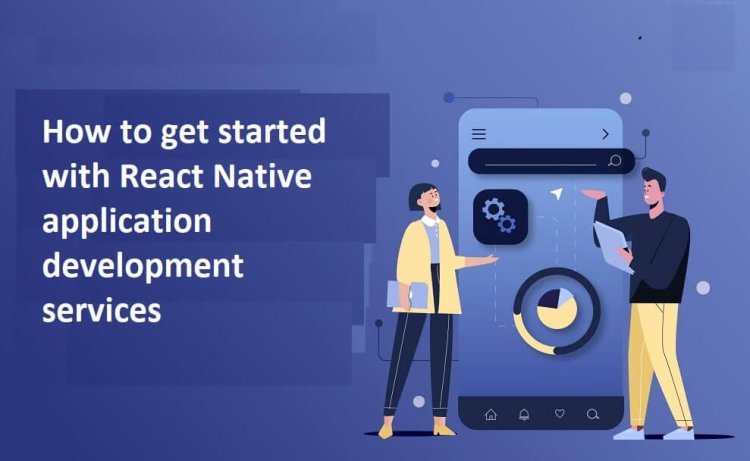How to get started with React Native application development services?
Share this Post to earn Money ( Upto ₹100 per 1000 Views )

React Native application development services involve creating mobile applications using React Native, a popular framework by Facebook. It allows developers to build cross-platform apps for iOS and Android with a single codebase, leveraging JavaScript and React principles. This approach speeds up development, reduces costs, and provides native-like performance and user experience. Services typically include app design, development, testing, and deployment, tailored to meet client-specific requirements and business goals.
Getting started with React Native for application development services involves several key steps:
1. Setup Development Environment:
- Install Node.js and npm (Node Package Manager).
- Install React Native CLI.
- Set up Android Studio or Xcode for Android and iOS development respectively.
2. Create a New React Native Project:
- Use the React Native CLI to create a new project:
- This command sets up a new React Native project with the basic folder structure and dependencies.
3. Understand Project Structure:
- yourself with the project structure, especially focusing on the src folder where your main application code will reside.
4. Learn React Native Basics:
- Understand React Native components, JSX syntax, props, state management, and lifecycle methods.
- Get familiar with key components like View, Text, Image, StyleSheet, etc.
5. Testing and Debugging:
- Use tools like Expo or React Native Debugger for testing and debugging your application.
- Learn how to run your app on simulators/emulators and real devices.
6. UI Design and Styling:
- Use React Native components and third-party libraries (like react-native-elements or native-base) for UI design.
- Learn about styling components using Style Sheet or CSS-in-JS libraries.
7. State Management:
- Choose a state management solution like React’s Context API, Redux, MobX, etc., based on your project needs.
- Implement state management to handle application-wide state.
8. Navigation:
- Implement navigation between screens using React Navigation or similar libraries.
- Learn about different types of navigation stacks, tabs, drawers, etc.
9. API Integration:
- Integrate with RESTful APIs or GraphQL endpoints using libraries like axios, fetch, or apollo-client.
10. Deployment:
- Prepare your application for deployment to app stores (Google Play Store, Apple App Store).
- Configure app icons, splash screens, and other necessary assets.
- Follow platform-specific guidelines for deployment.
11. Continuous Learning and Improvement:
- React Native and its ecosystem evolve rapidly. Stay updated with the latest updates, best practices, and new libraries.
By following these steps, you can get started with React Native Web Application Development Services effectively.







